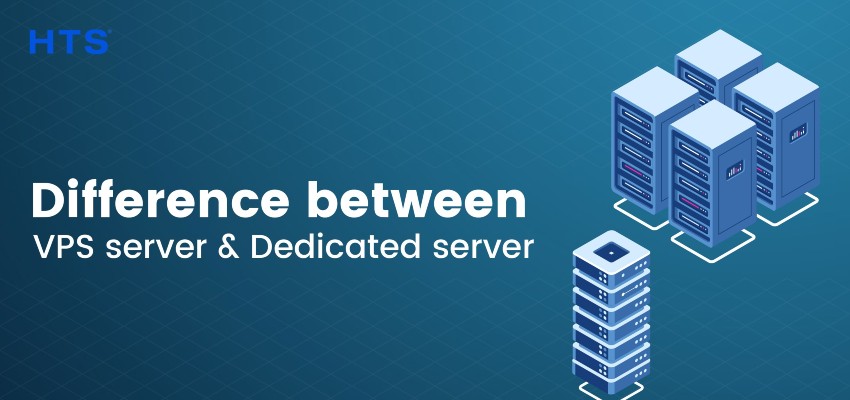
A virtual private server (VPS) is a virtualized version of a server that is offered by an Internet data center hosting company. There are three main types of VPSs – each has a different level of access and control.
A virtual private server is basically a single physical server sold as a virtual service by an Internet data center hosting company.
The virtual dedicated server functions in a virtualized isolated environment but some processing resources are dedicated to it, which isn’t the case with VPS as well.
Different Mods of VPS Servers
The virtual private servers can be accessed just like a physical server would be.
For ease of use, a VPS is most often set up in its dedicated mode.
This means you have full root/administrative control but don’t have to share your operating system or other software applications with any other users. You also don’t have to install any extra hardware resources for your VPS.
In most VPS instances, you will be provided with a compact root access server, which you’ll need to log into to perform administrative tasks. Another advantage to a virtual server setup is that you don’t need to run any extra software or programs on your own servers.
You will have total control over your virtual servers even after you’ve sold them to a hosting provider.
When you create a virtual server, you get the benefits of a dedicated server without the high price tag. It also gives you the capacity to expand your server later, if you want. If you want, you can break it up into multiple virtual desktops.
With a virtual desktop server, you have the ability to run different operating systems on one single physical server. Each virtual desktop will have its own operating system, software, and data files.
There are a number of different ways to manage VPS servers. One option is to use a virtual server manager tool,
which is provided by some web hosts. You usually won’t need to use this unless you are new to VPS or have questions about how to manage your individual virtual servers. When you first start off, it can be confusing if you aren’t familiar with all of the different options.
Once you gain a little experience, however, it’s easy to navigate through the various options and make educated decisions.
One of the main things to know when using virtual servers is that each individual virtual server instance will require its own operating system, software, and data files.
Some web hosts provide a centralized control panel where you can do everything from install programs to install hardware, to change settings, and much more.
However, there are still several different types of VPS hosting that give you different types of user interfaces. Here are some of the different types of VPS that you’ll find available for you to choose from.
The first type of VPS that most people hear about when they are looking into VPS is with a virtual server solution called host header.
If you’re familiar with virtual servers of any kind, you already know how they work. With host header, a website is split into many different virtual servers on one physical machine, giving each one access to its own operating system, software, and data files.
While this is an excellent option for smaller websites, it does have some drawbacks that you need to be aware of before switching from your current host.
The next option that you have when choosing a virtual server option is called virtual server group membership. This is another way that a web host offers different types of VPS hosting packages.
In this option, you can literally designate one server as the main server and any other members of the virtual server group will get their own virtual server instance. Usually, you’ll be able to customize your settings so that each member is on a different virtual server instance.
While this gives each VPS member the ability to have a different operating system, data, and software, it does have some drawbacks that we’ll discuss later in the VPS Hosting Buying Guide.
Another option that is available when using virtual servers is to rent out a portion of a physical server. When you rent a portion of a physical server, you are essentially renting out the resources that you don’t use at a moment’s notice.
To put it differently, when you need more space but don’t have the money to pay for it right now, you could simply rent a part of the server and assign your IP address (and associated port number) to that part.
While this might not seem like a big deal at first, if your business eventually grows to include more servers and you no longer need to use all of the assigned bandwidth, you may find that your business is suddenly in a crunch where it’s hard to keep up with everything.


